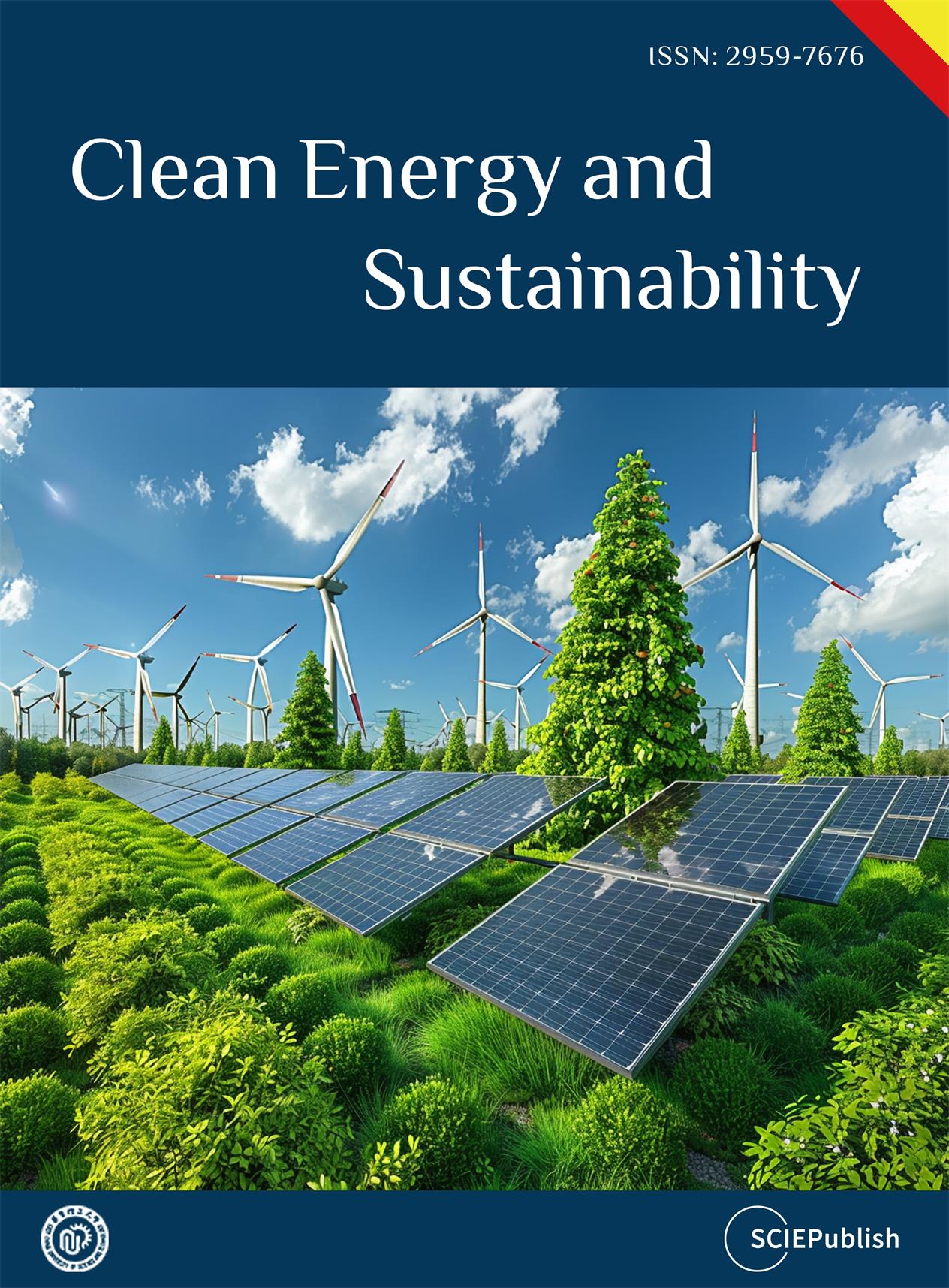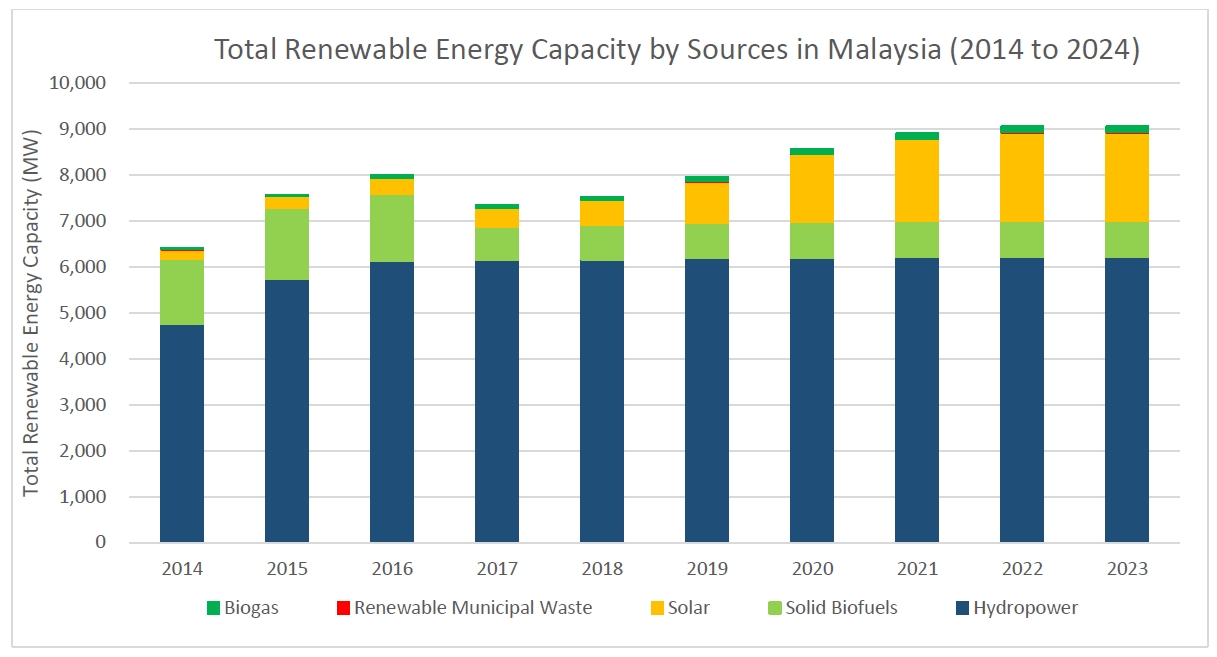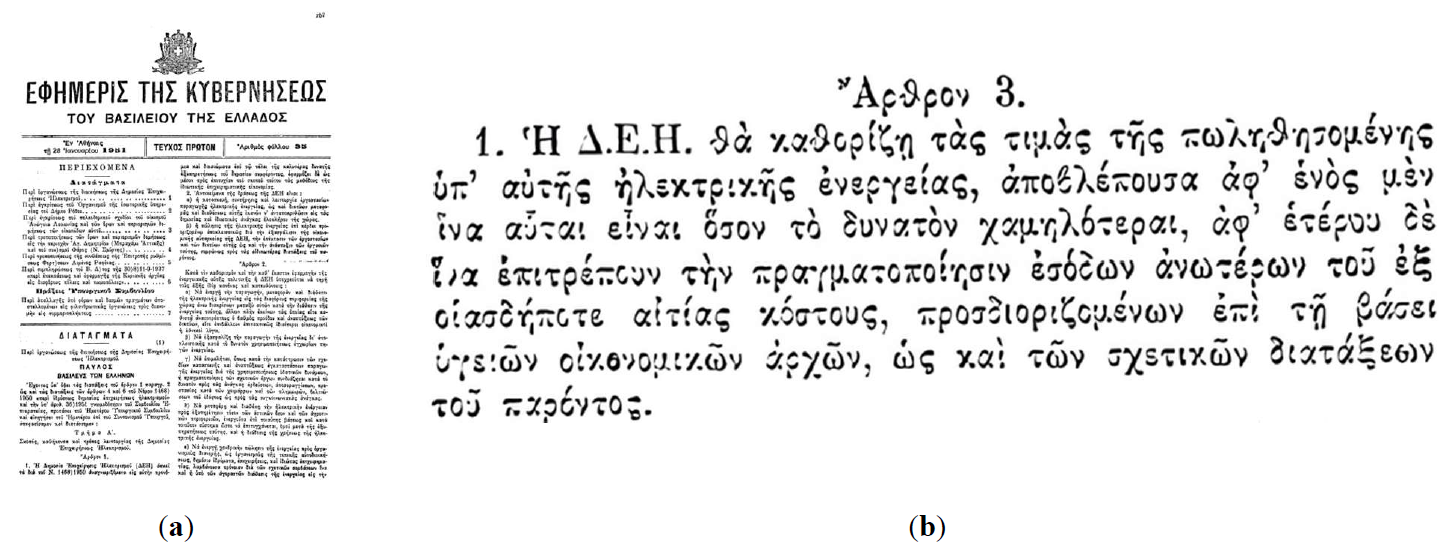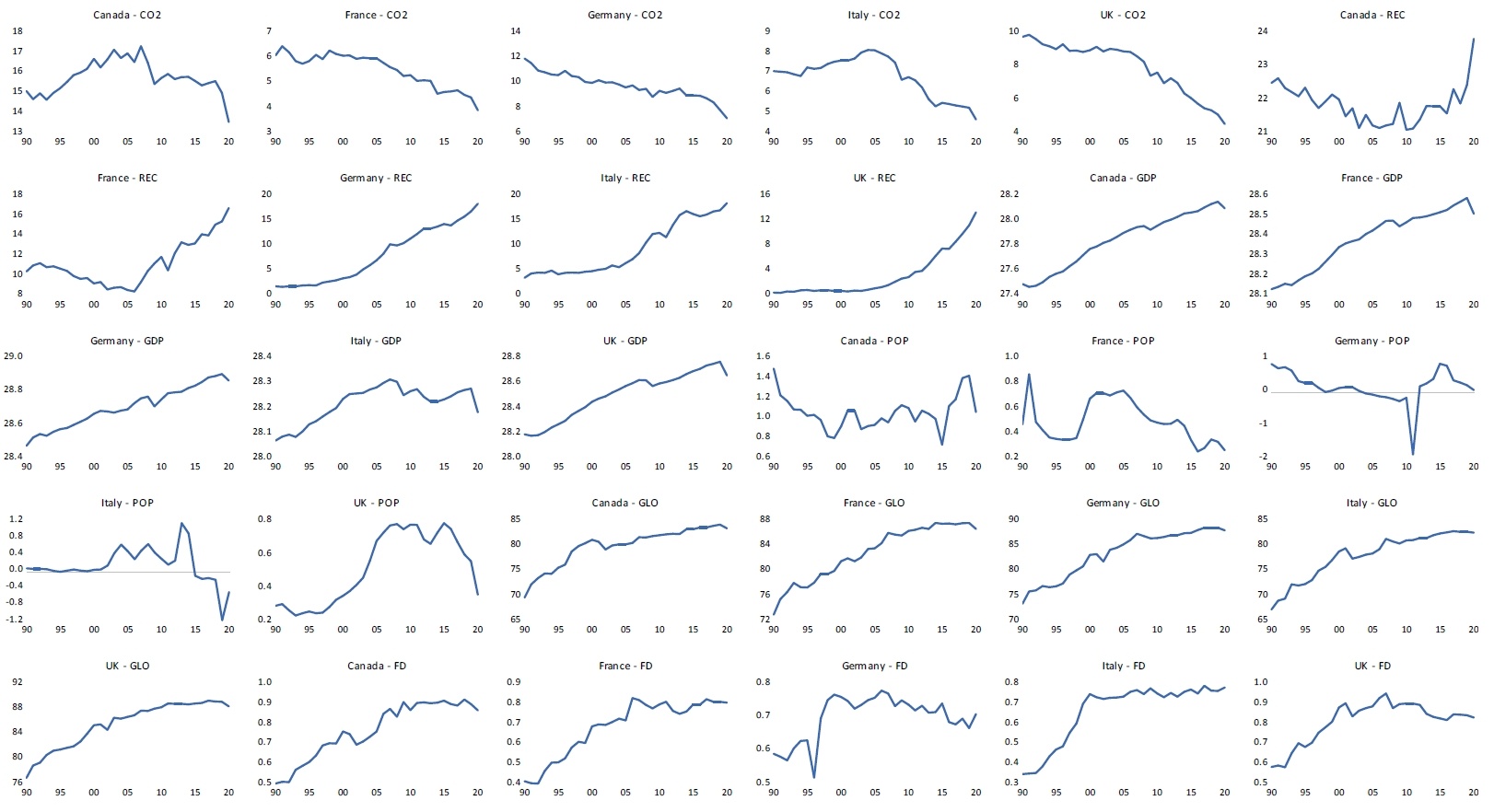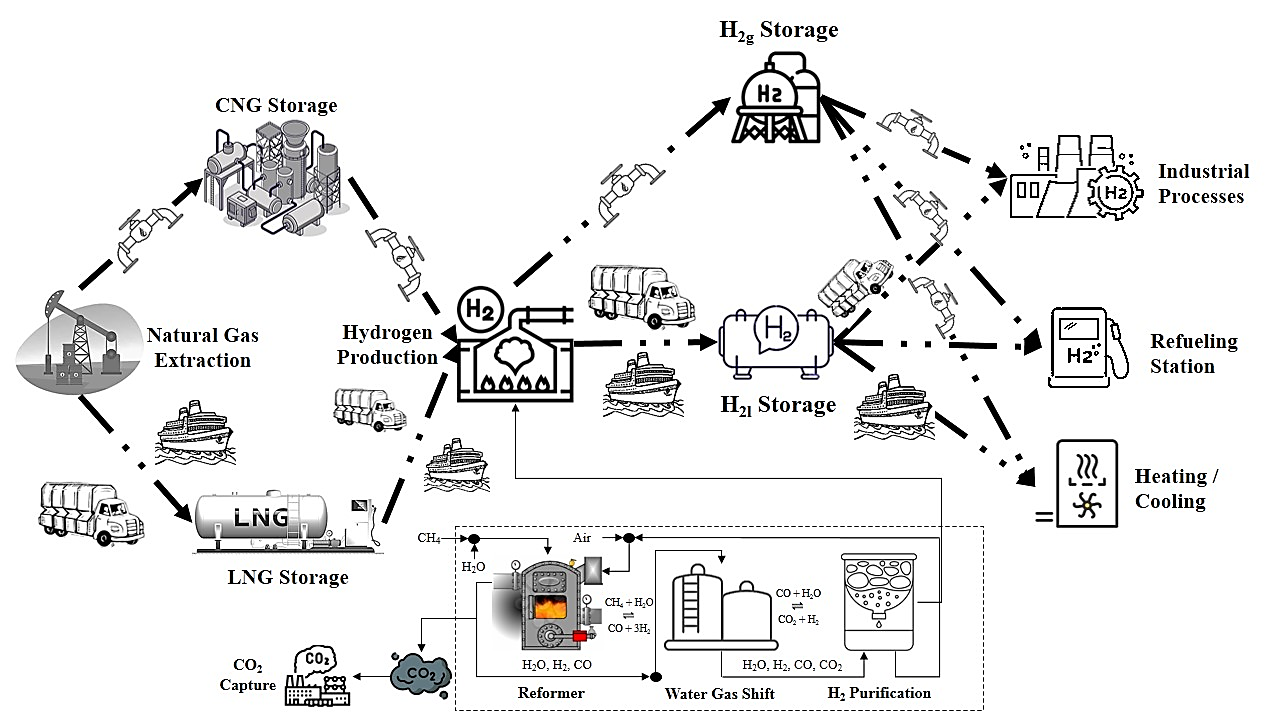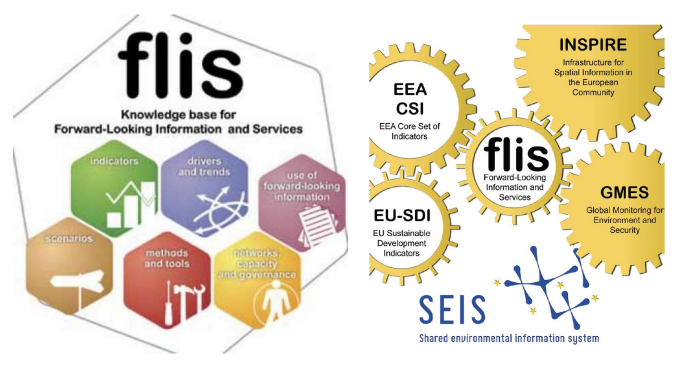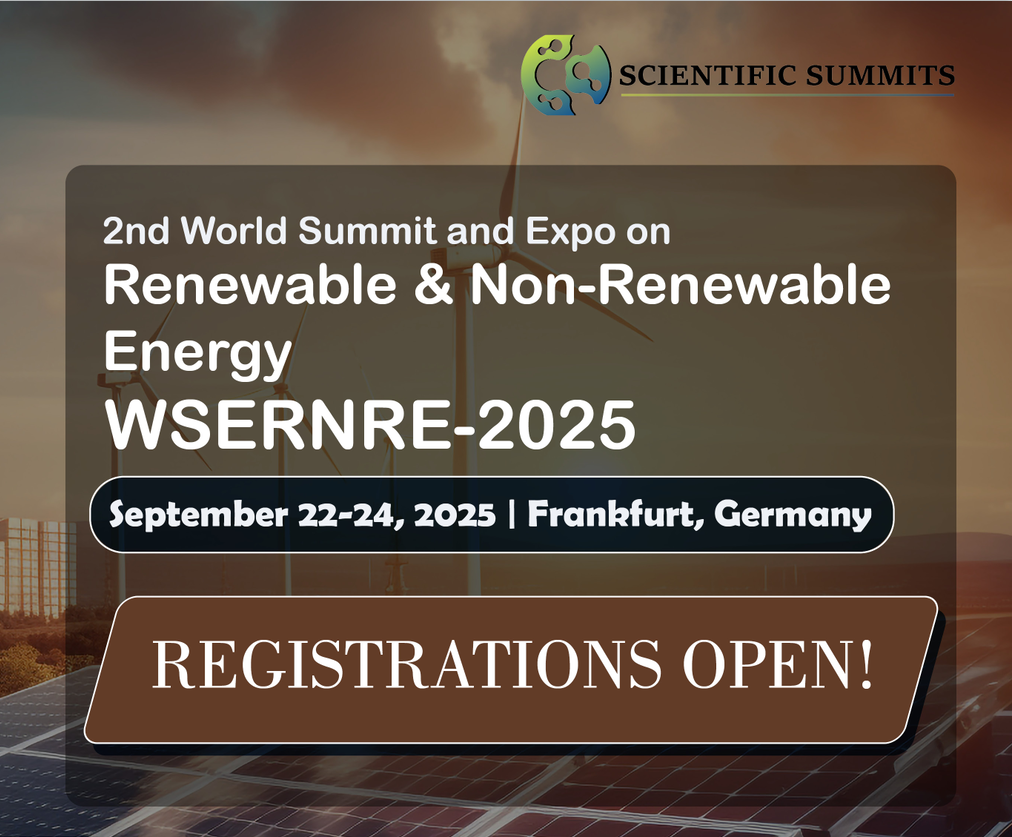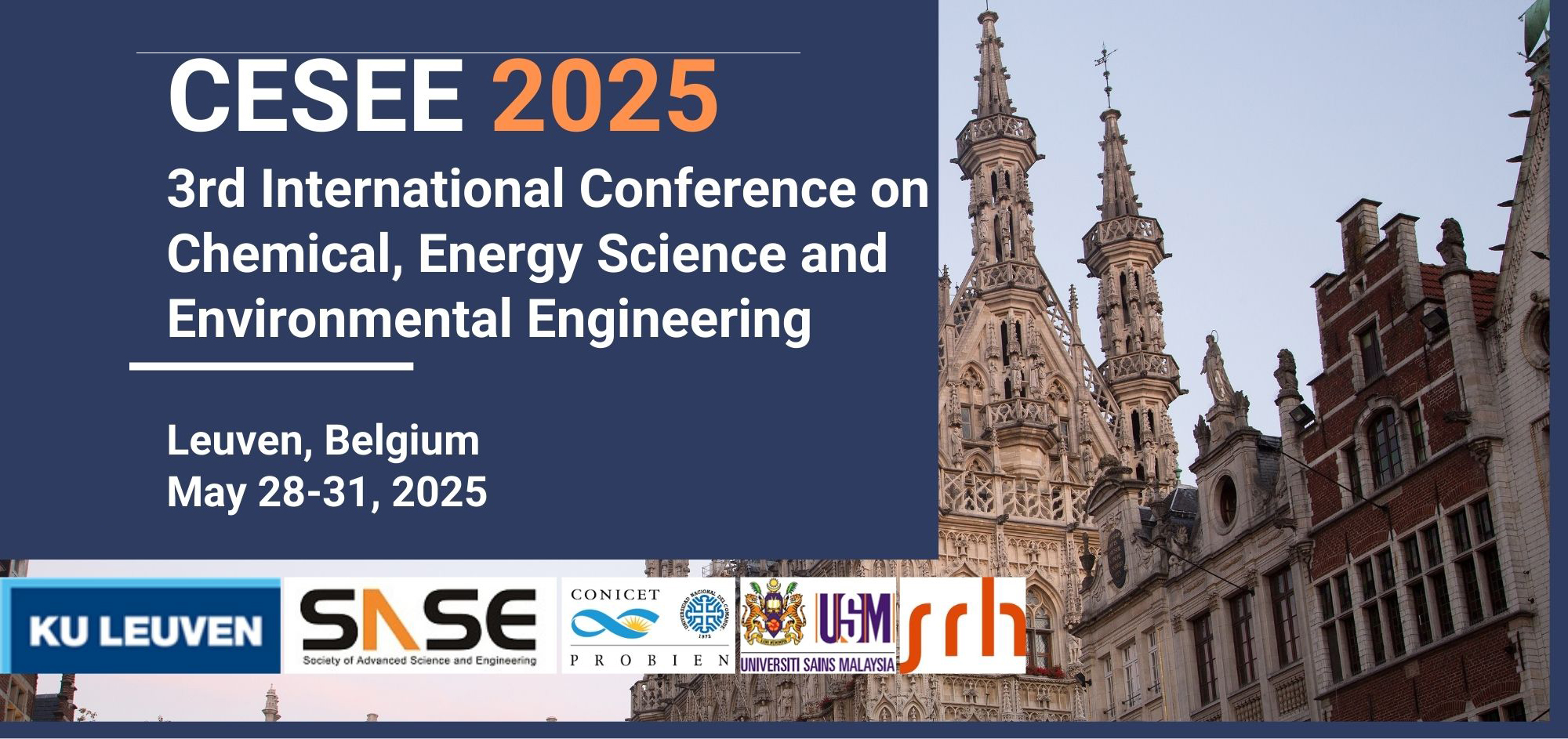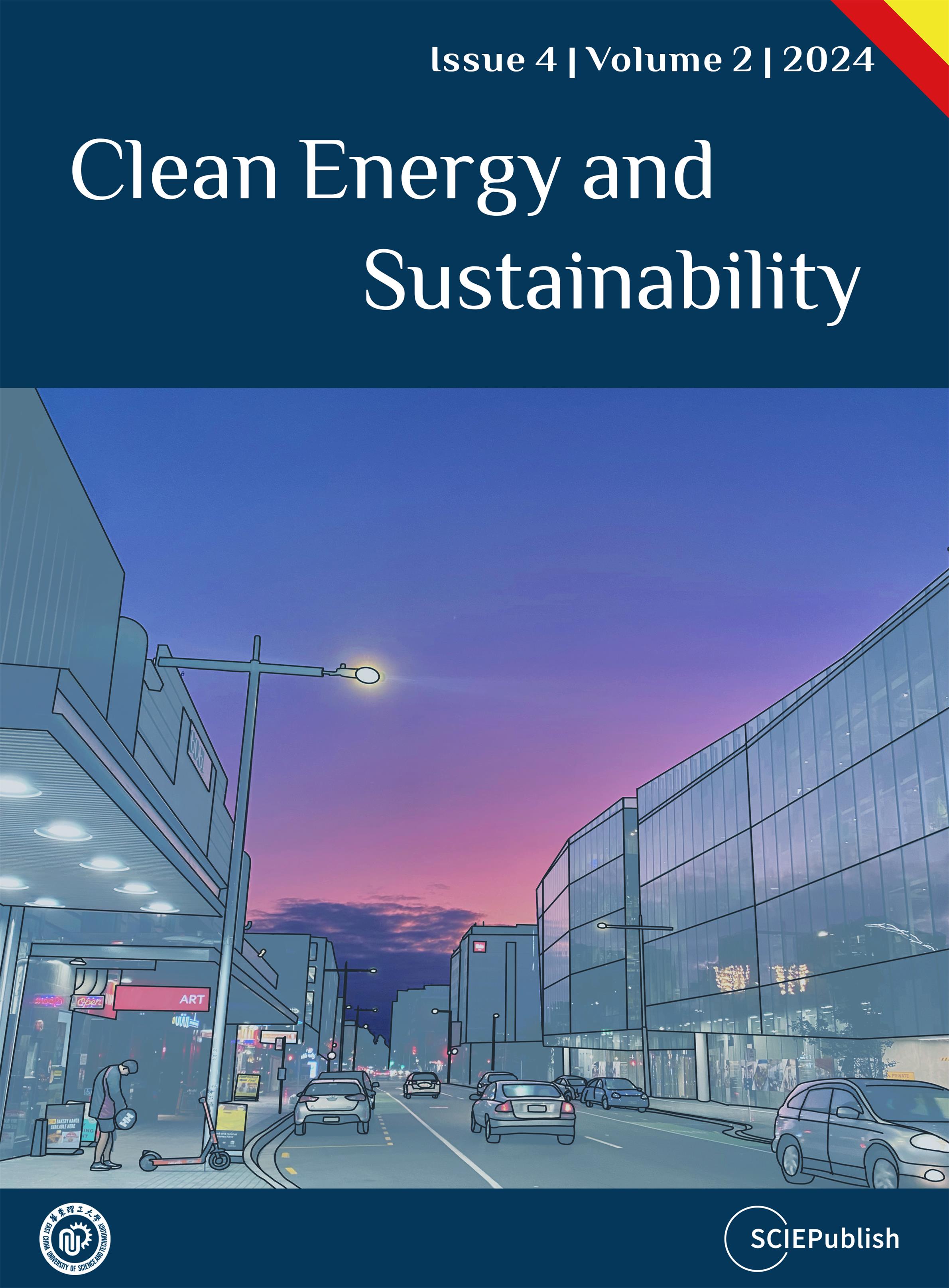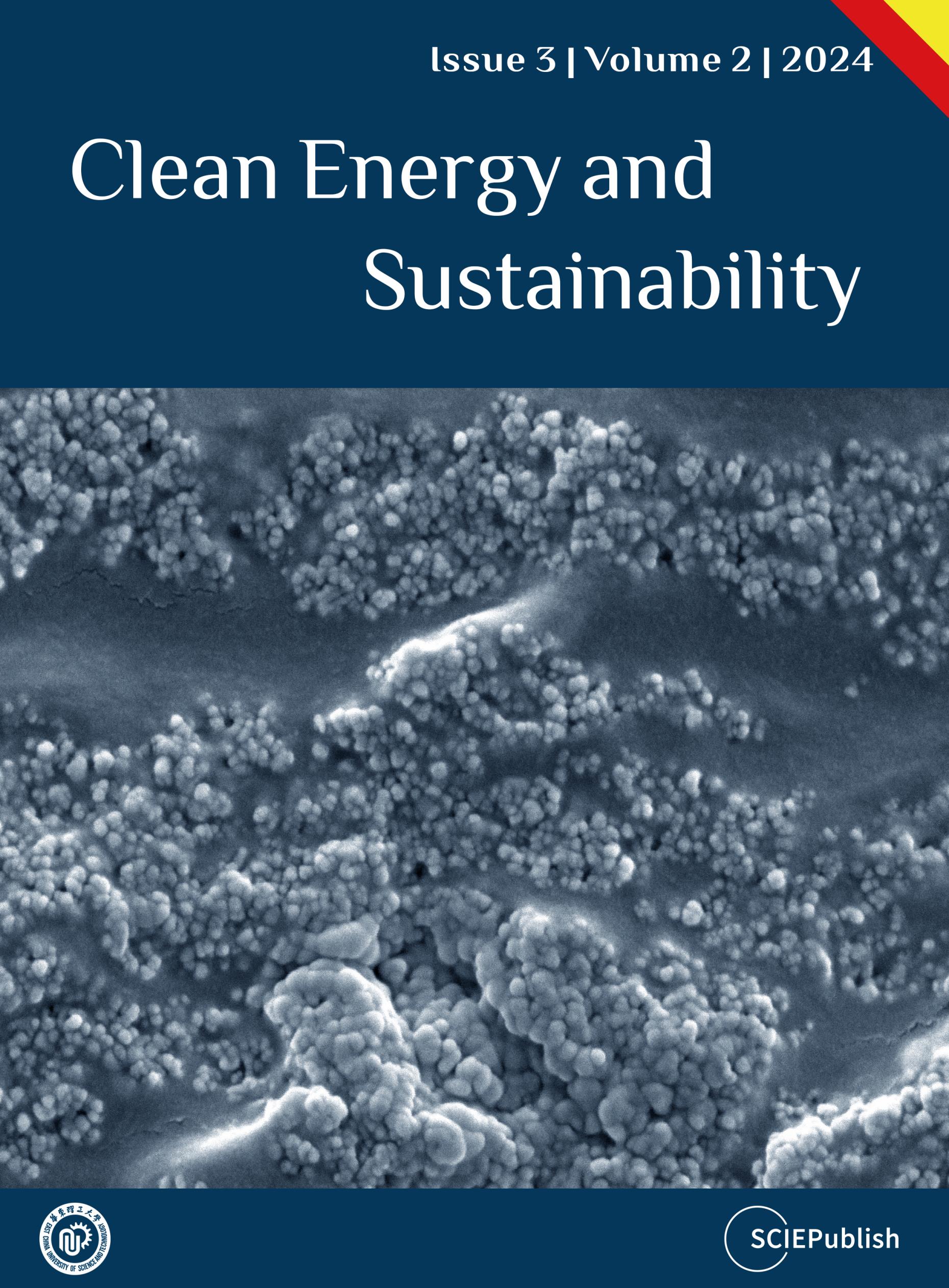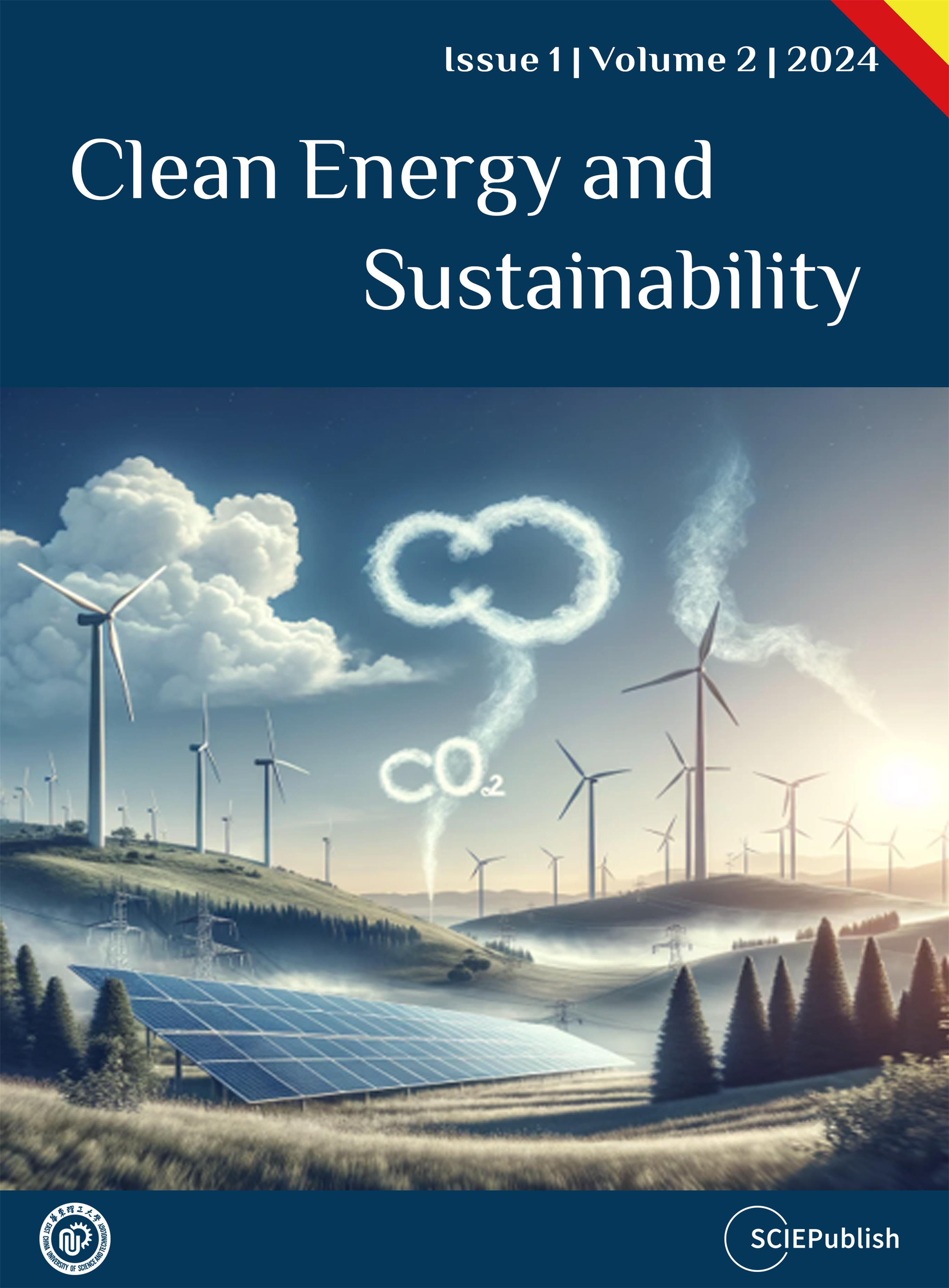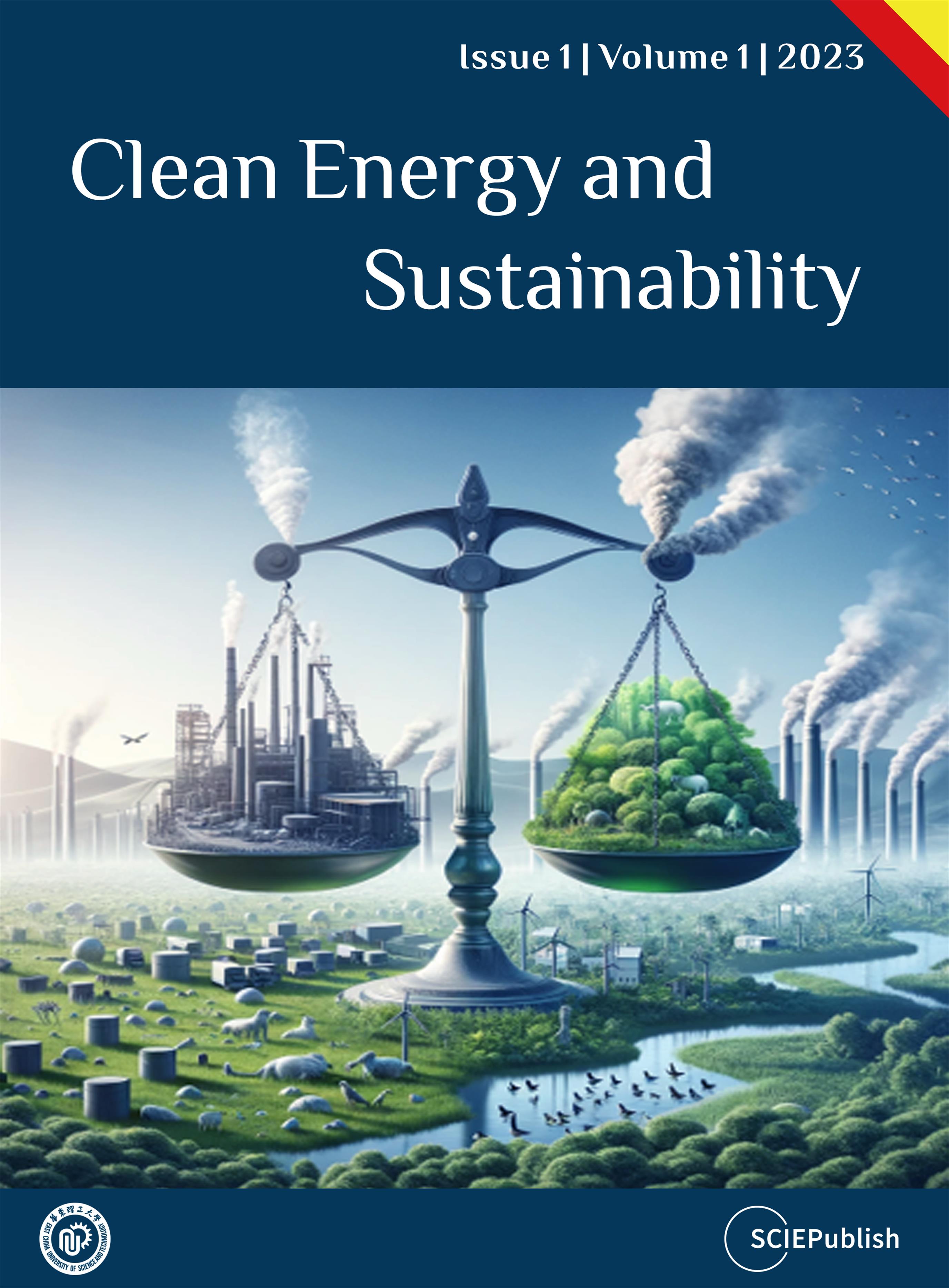Urban energy models (UEMs) simulate energy use at the urban scale and
are used to inform urban planning, policy development, infrastructure
development, and digital twin monitoring and forecasting. Recent technological
improvements have spurred interest in large, multi-domain UEMs, which analyse
multiple interconnected parts of these energy systems, such as geography,
transport, and buildings. Reviews have focussed on single domains or aspects of
UEM data. However, multi-domain UEMs require detailed multi-domain data inputs
to provide accurate results. This paper provides a comprehensive review of data
requirements and a repository of data-specific information for researchers,
including data formats, sources, acquisition methods, bridging methods, and
challenges. The review was conducted using academic search engines and the
authors’ direct research experience. Domains are characterised by Climate,
Geographic, Building, Transportation, Demographics, Energy Networks and
Consumption, and Distributed Energy Resources. Additionally, challenges common
to multiple sectors are identified, and methods for addressing these are proposed.
The paper concludes with a series of recommendations drawing from the general
and sector-specific challenges. Overall, a large amount of data exists, but
their use by urban energy modellers is limited due to lack of coordination and
standardisation, and concerns over privacy and commercial interests.
Coordinated public effort is required to overcome these limitations and improve
the results of UEMs in the future.utf-8
 Open Access
Open Access
